Anthrozoos new article on animal history

I have just sent off the revised version of Challenges for Historians Writing Animal–Human History: What is Really Enough? which is due to be published in Anthrozoos in a couple of months time.
It draws on historiographical debates within feminist and social history to re-visit debates on animal agency, representation, and the nature of the materials for writing history.
While arguing that the incorporation of animals within existing historical frameworks is positive in giving a status to animals’ pasts, it suggests that more is possible. It asks what historians are really attempting to do in their work and both questions whether we are indeed attempting to imagine ourselves as animals and whether we are seeking to go back into a past. Drawing on the work of Walter Benjamin, it argues that historians should be attempting to bring the past into the present – rather than going back into the past.
It suggests a focus on the role of the historian—as opposed to the subject matter as such—in thinking through the type of history that is intended to be written. That it , historians will have different concerns and emphases and these should be acknowledged. It also argues that readership and audience should not be neglected by making reference to the recent exhibition on War Horse at the National Army Museum. While noting the difficulties in writing animal–human history, the article nevertheless concludes both that this is a worthwhile task and that the posing of questions about methodology is a way of opening up further discussion.
It also explores the story of Trim, the cat who circumnavigated Australia with Matthew Flinders at the turn of the eighteenth /nineteenth centuries.Trim is depicted here outside the Mitchell library in Macquarie Street in Sydney. His statue of 1995 is behind that of Finders erected in 1925. There are also paw prints on the base of Flinders’ statue.
The article is now published.
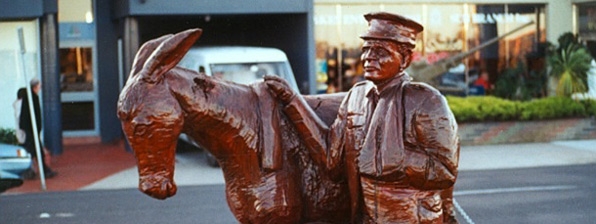


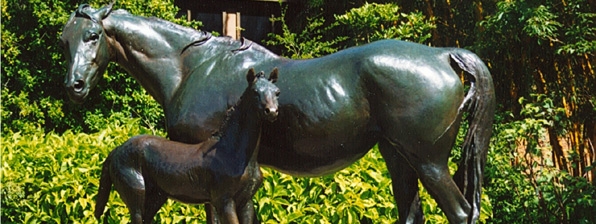
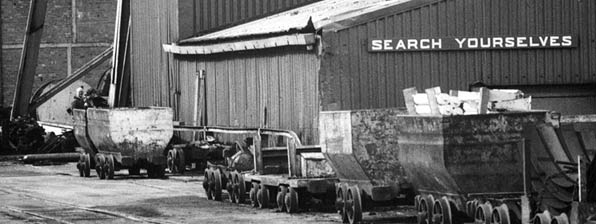
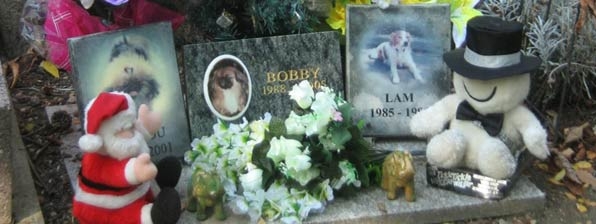
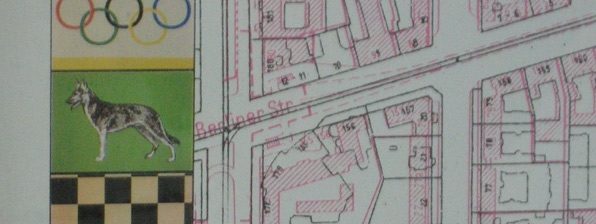
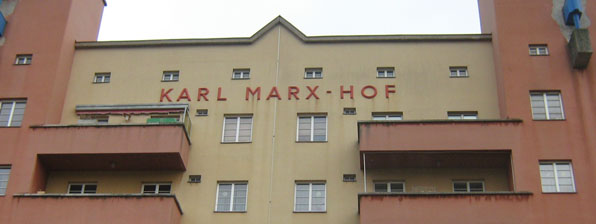


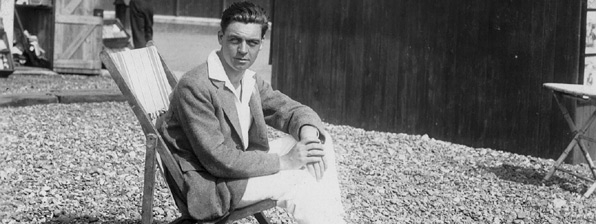
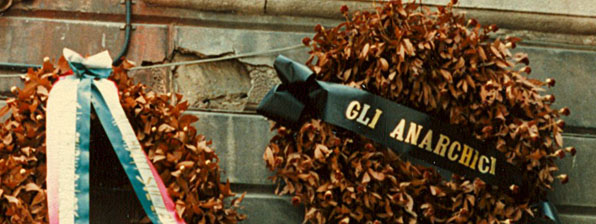
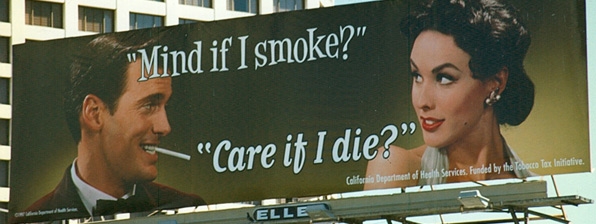

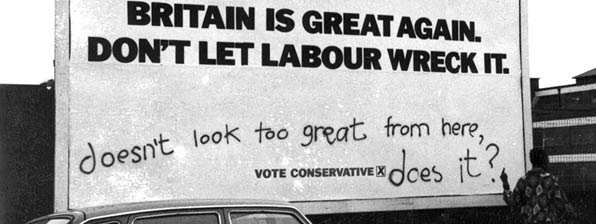
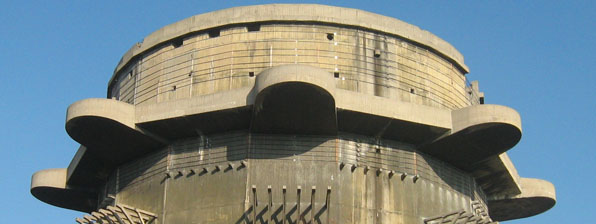
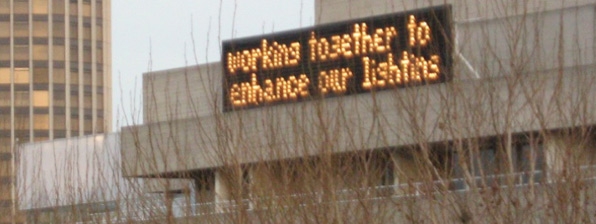






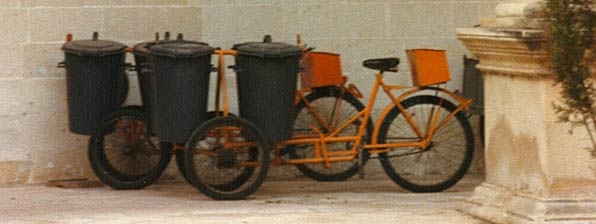



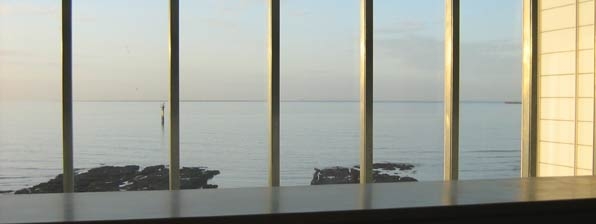


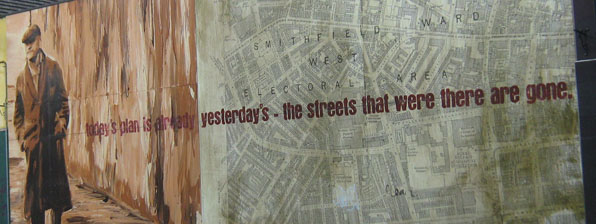

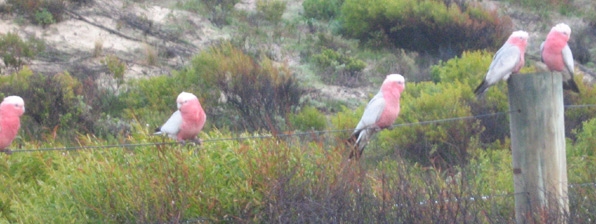


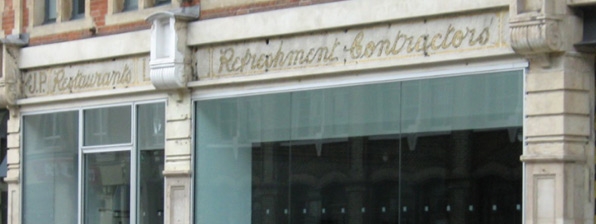

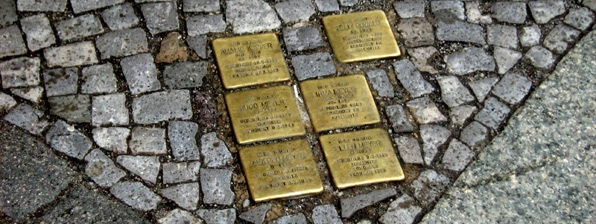






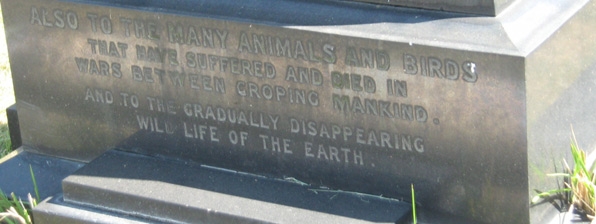



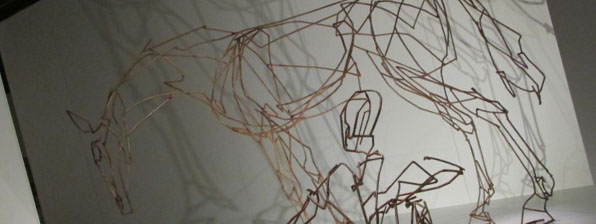



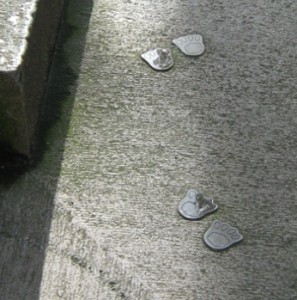
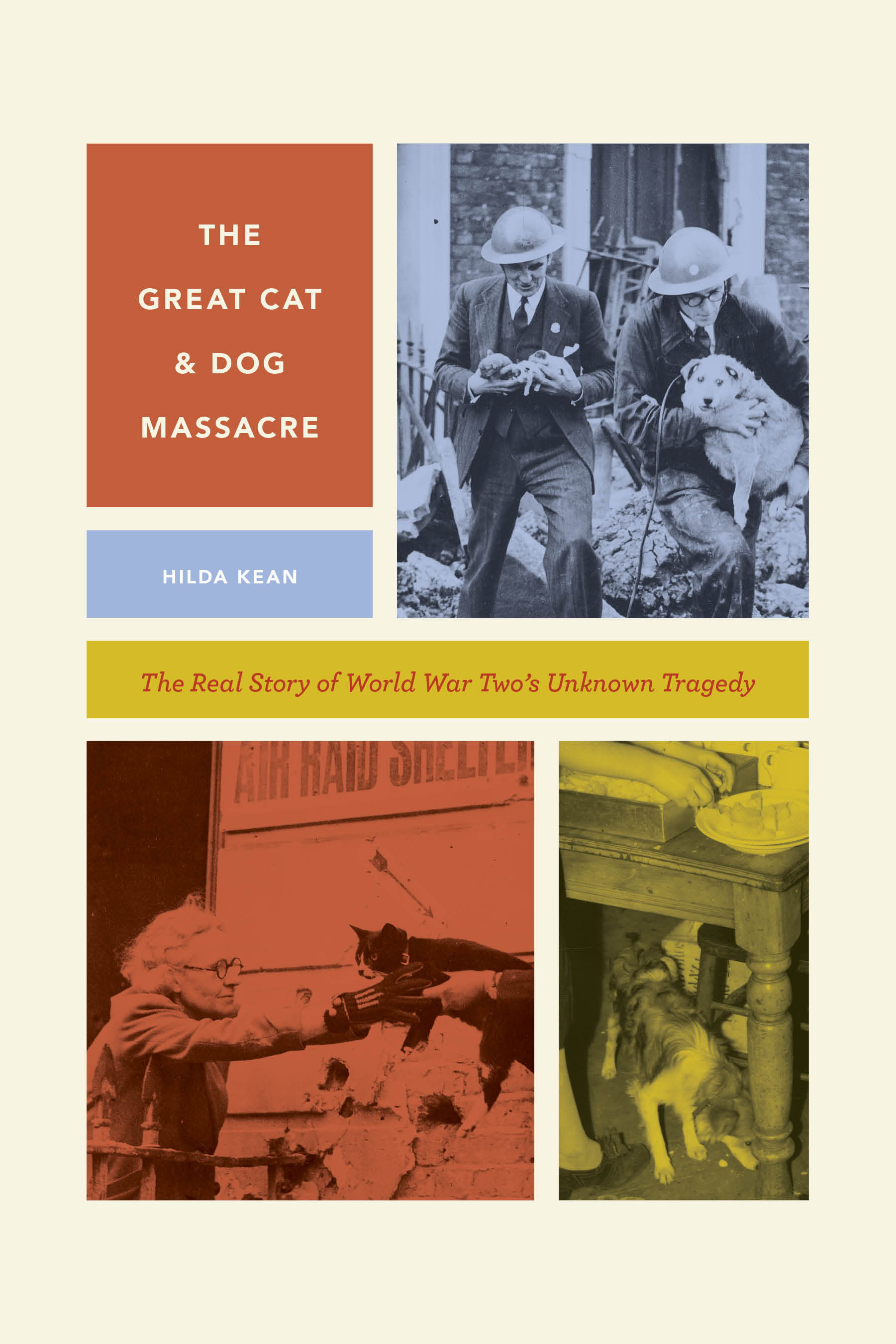


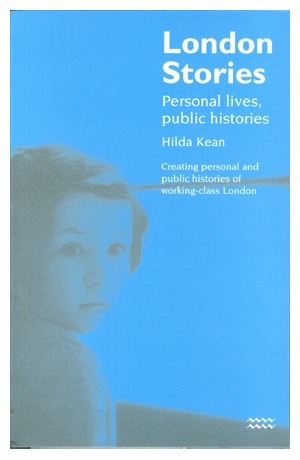

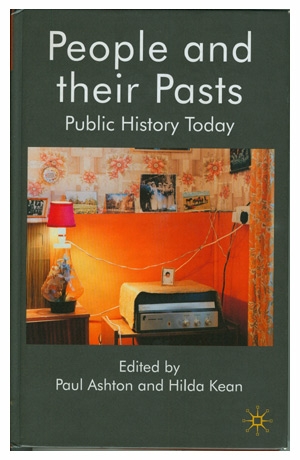





Leave a Reply